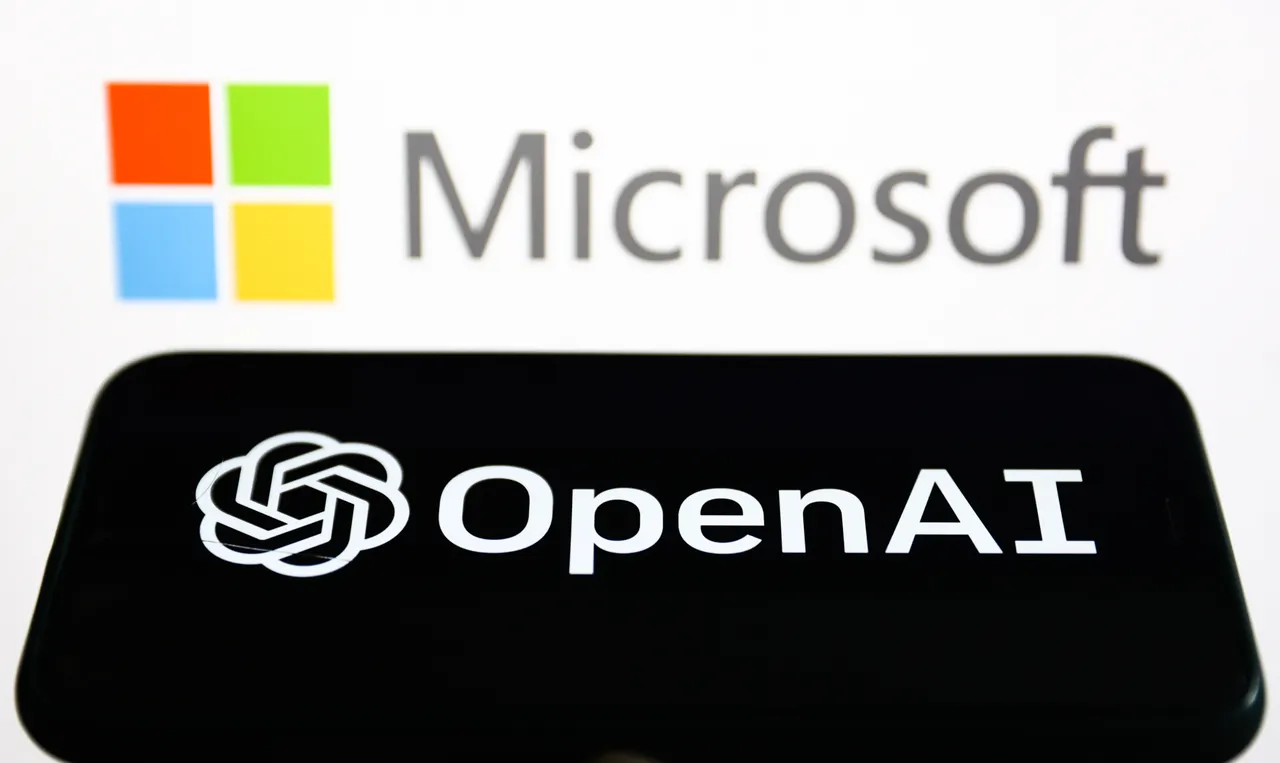In a surprise turn of events, one of the world’s leading artificial intelligence research companies faced a surprising turn of events: OpenAI. After the firm witnessed the exit of its Chief Technology Officer, Mira Murati, the company’s Chief Research Officer, Bob McGrew, and VP of Research, Barret Zoph have joined the list of exits. These high-profile resignations come at a time when OpenAI is experiencing rapid growth and reportedly is turning into a for-profit entity, raising many questions about the future direction and leadership of the company.
Wave of Resignations Hits OpenAI
News of the departures broke on Wednesday when OpenAI’s CEO Sam Altman took to X, formerly Twitter, to share the plans of leadership transition. Altman also confirmed that McGrew and Zoph’s departures came just after Murati’s, part of the second big wave of exits in recent months.Altman stressed these decisions were independently and amicably reached. He said that with Murati, given that timing, it was actually best for him to announce it together to make for a smoother transition of the next generation of leadership at Open AI.
Notwithstanding the suddenness of the resignations, Altman still made sure to underscore that leadership changes are natural for any fast-growing company, let alone one with as much responsibility and demand as OpenAI. He said, “We are not a normal company, and I think the reasons Mira explained to me (there is never a good time, anything not abrupt would have leaked, and she wanted to do this while OpenAI was in an upswing) make sense.”
A New Leadership Team Steps In
These two departures have seen Open AI act swiftly, ensuring the continuity in its leadership by promoting from within. Mark Chen, VP of Research at the company, is stepping up to the mantle of the new Senior Vice President of Research, while Jakub Pachocki takes the mantle of Chief Scientist to partner with him. Both now lead OpenAI’s research division.
Other key leadership changes include Matt Knight joining as Chief Information Security Officer and Josh Achiam moving into the newly created position of Head of Mission Alignment. Altman also said Kevin Weil, Chief Product Officer, and Srinivas Narayanan, VP of Engineering, will continue leading the applied team at OpenAI in harnessing the company’s state-of-the-art technologies to enterprise and consumer users.
In a reassuring message to employees and external stakeholders, Altman said, “I am now looking forward to spending most of my time on the technical and product parts of the company.” This is indicative of the hands-on approach the company will get during its next phase.
Why Did They Leave?
While Altman characterized the leadership departures as part of the ebbs and flow of business, a spate of speculation on the true motives for such departures only grows. According to reports, OpenAI has moved from being nonprofit-governed to for-profit. The move has engendered concern internally, and speculation is rife that this may have been because the direction of the firm was in dispute.
According to people familiar with the matter, a new funding round comes with OpenAI’s restructuring, which might value the company at as much as $150 billion. This indeed allegedly gives Altman a 7 percent equity stake in the company. It is this potentially seminal shift from mission-driven organization toward one of which profit is core motive that may have led to the many recent departures.
McGrew, who joined OpenAI from its early days in 2017, announced in his exit post on X that it simply was time for him to take a break. “The small nonprofit I joined in January 2017 has become the most important research and deployment company in the world… I have great confidence in [OpenAI’s] leadership,” he reflected.
Zoph, who joined OpenAI in 2022, similarly wrote in his post that it felt like a “natural point” to explore new opportunities outside of OpenAI. Both framed their decisions as personal, but the timing and backdrop of OpenAI’s transition have fueled speculation about deeper internal rifts.
High-Profile Departures
The departures of McGrew, Zoph, and Murati follow a series of high-profile exits at OpenAI in recent months. Prominent figures included Andrej Karpathy-a top research scientist-who departed in February; and Ilya Sutskever and Jan Leike, both safety leaders, who declared their departures in May. Co-founder John Schulman has also recently left the company for rival AI company Anthropic.
As Open AI continues to build out, these departures are a signal that the company appoints into uncertainty. Of 13 founding members in 2015, just three remain-a massive leadership cutoff the company is undergoing. Which begs the question now, with so many key figures gone, how OpenAI will continue to push that innovation edge and lead in artificial intelligence research and development.
What’s Next for OpenAI?
Despite these changes in leadership, OpenAI continues to be a powerhouse in the AI industry with flagship products such as ChatGPT and its API seeing wide usage across different sectors. The next steps for it will likely be directed at building both enterprise and consumer presence so that state-of-the-art AI solutions reach out to a far-reaching audience.
But a shift to such a for-profit enterprise now raises questions about what exactly that may have meant, not just for OpenAI’s mission, but for ethical considerations in AI research. Will it continue to pursue, if not its earlier mission, beneficial uses of AI for all of humanity, or is profit-motivated goals the order of the day? The company has scheduled an all-hands meeting for Thursday, and employees and wider industry will be waiting with bated breath.
Stay updated: Artificial Intelligence – Tech News


